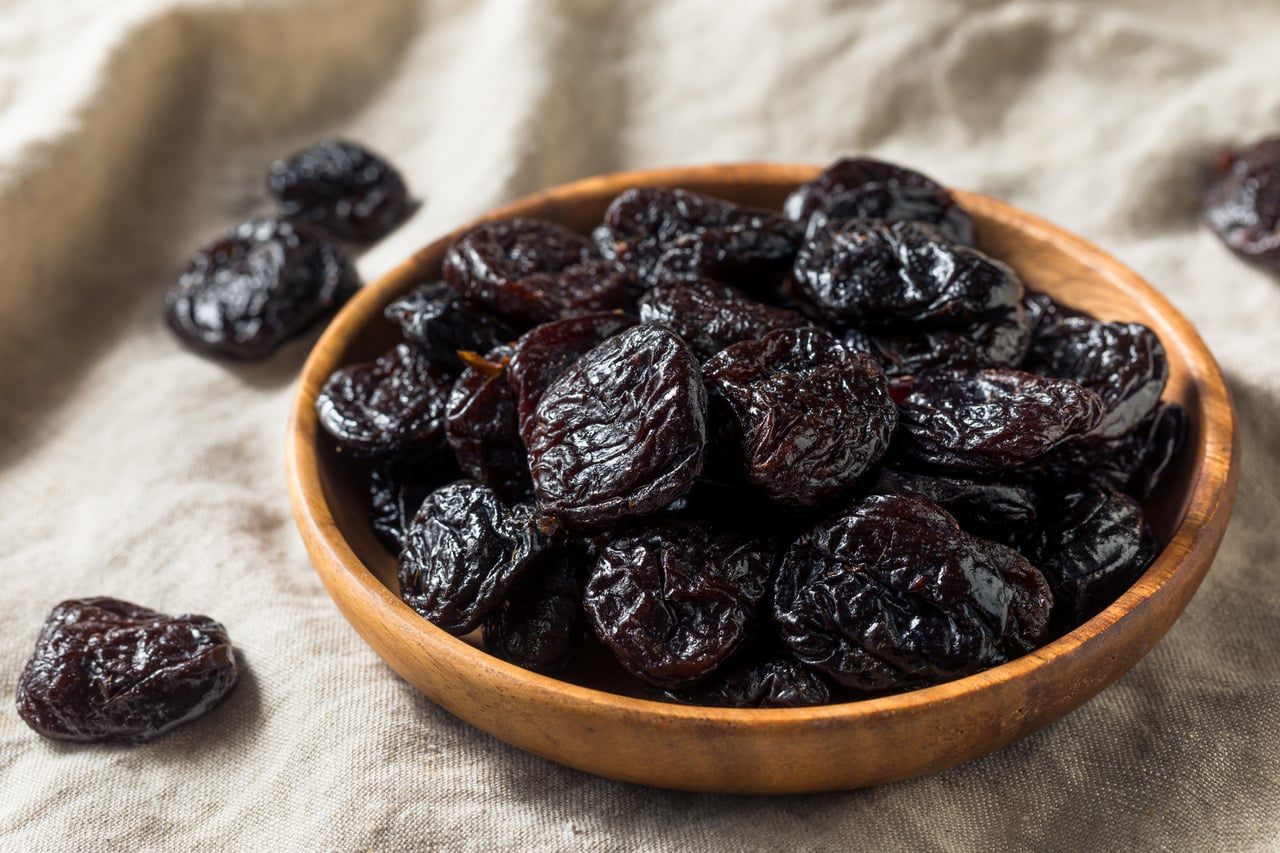

Articles
How To Store Prunes
Modified: February 20, 2024
Learn the best way to store prunes for long-lasting freshness and flavor in this informative article. Get expert tips and guidance for preserving your prunes.
(Many of the links in this article redirect to a specific reviewed product. Your purchase of these products through affiliate links helps to generate commission for Storables.com, at no extra cost. Learn more)
Introduction
Prunes are a delicious and nutritious dried fruit that can be enjoyed as a snack or used in various recipes. They are known for their sweet taste and unique chewy texture. However, to ensure their freshness and preserve their flavor, it’s crucial to store prunes properly.
In this article, we will discuss the best methods for storing prunes to maintain their quality and extend their shelf life. Whether you have a large quantity of prunes that you’d like to store for an extended period or just a small pack that you want to keep fresh and tasty, these tips will help you make the most of your prunes.
Key Takeaways:
- Properly storing prunes is crucial for maintaining their freshness and flavor. Choose organic, inspect before storage, and use airtight containers to keep prunes delicious and nutritious.
- Whether in the pantry, refrigerator, or freezer, regular checks for freshness are key. Proper storage methods ensure that prunes remain tasty and ready for use in various recipes.
Read more: How To Make Prunes In A Dehydrator
Choosing Prunes for Storage
When it comes to storing prunes, the first step is selecting the right ones. Before purchasing prunes for storage, consider their quality and freshness. Look for prunes that are plump, moist, and free from any signs of mold or damage. Prunes with a shiny and slightly sticky surface indicate good quality.
It’s also essential to choose prunes that are within their best-by date or expiration date. While prunes have a relatively long shelf life, selecting ones with a longer expiration date will give you more time to consume or store them.
If possible, opt for prunes that are labeled as organic. Organic prunes are free from harmful pesticides and chemicals, making them a healthier option for consumption and storage. They also tend to have a more natural and intense flavor compared to conventionally grown prunes.
Lastly, consider the packaging of the prunes. Opt for prunes that come in a resealable bag or an airtight container. This type of packaging helps to maintain the freshness and prevent moisture from entering, ensuring that the prunes stay in good condition for a longer time.
Preparing Prunes for Storage
Before storing prunes, it’s important to prepare them properly to ensure their longevity and quality. Here are the steps to follow when preparing prunes for storage:
- Inspect the prunes: Before storing, carefully examine the prunes for any signs of spoilage or damage. Discard any prunes that appear discolored, shriveled, or have mold growth.
- Wash the prunes (optional): While it’s not necessary to wash prunes before storage, if you prefer to do so, it’s best to rinse them under cool running water. Pat them dry with a clean kitchen towel or paper towel to remove excess moisture.
- Pit the prunes (optional): If you prefer pitted prunes, you can remove the pits using a small knife or a cherry pitter. This step is not mandatory, as many people enjoy prunes with pits intact.
- Sort prunes by size (optional): If you have prunes of different sizes, you may want to separate them into small, medium, and large categories. This can be useful if you plan to use them for specific recipes and want to easily grab the desired size when needed.
By following these preparation steps, you can ensure that your prunes are clean, free from any contaminants, and ready for storage.
Storage Methods for Prunes
Proper storage is crucial to maintain the freshness and flavor of prunes. There are several storage methods you can choose from, depending on your preferences and the duration for which you intend to store the prunes. Here are the most common storage methods for prunes:
- Pantry storage: Prunes can be stored in a cool, dry, and dark pantry or kitchen cabinet. Ensure that the container or package is tightly sealed to prevent moisture and air from entering. This method is suitable for short-term storage (up to 3 months) when you plan to consume the prunes relatively quickly.
- Refrigerator storage: If you live in a warm or humid climate, or if you want to extend the shelf life of your prunes, you can store them in the refrigerator. Place the prunes in an airtight container or a resealable bag and keep them in the refrigerator’s crisper drawer. This method can help preserve the prunes’ freshness for up to 6 months.
- Freezer storage: Freezing prunes is an excellent option for long-term storage. Before freezing, ensure that the prunes are completely dry, as any moisture can lead to freezer burn. Place the prunes in a freezer-safe container or airtight bag, and remove as much air as possible. Label the container with the storage date and keep them in the freezer. Properly frozen prunes can maintain their quality for up to 12 months.
It’s important to note that the texture of prunes may change slightly after freezing. They may become slightly harder, but they will still be delicious and suitable for consumption.
Choose the storage method that aligns with your needs and the duration for which you want to store the prunes. By following these storage methods, you can ensure that your prunes stay fresh and maintain their flavor for as long as possible.
Storing Prunes in the Pantry
Storing prunes in the pantry is a convenient option, especially if you have a small quantity of prunes that you plan to consume within a few months. Here are the steps to properly store prunes in the pantry:
- Choose an airtight container: Transfer the prunes from their original packaging to an airtight container. This will help protect them from moisture, air, and potential contaminants. Glass jars with tight-fitting lids or food-grade plastic containers with locking mechanisms work well for this purpose.
- Label the container: It’s always a good idea to label the container with the storage date. This way, you can keep track of how long the prunes have been stored.
- Select a cool, dry, and dark spot: Find a suitable location in your pantry that is away from direct sunlight and heat sources. Prunes are sensitive to light and heat, which can accelerate their degradation. Ideally, the temperature should be between 50-68°F (10-20°C).
- Avoid proximity to strong odors: Prunes tend to absorb odors, so it’s important to keep them away from strong-smelling foods or cleaning products in the pantry. This will help preserve their natural aroma and taste.
- Check regularly for freshness: Periodically inspect the prunes to ensure they are still in good condition. Look for any signs of mold, moisture, or off odors. If you notice any spoilage, discard the affected prunes immediately.
Storing prunes in the pantry is a convenient option that allows easy access to the fruit. Just remember to choose a suitable container, keep the prunes in a cool and dry location, and check them regularly for freshness.
Store prunes in an airtight container in a cool, dark place to maintain their freshness and prevent them from drying out. You can also refrigerate them for extended shelf life.
Read more: What Is Pruning In Landscaping
Storing Prunes in the Refrigerator
If you live in a warm climate or want to extend the shelf life of your prunes, storing them in the refrigerator is a wise choice. The cool temperature of the refrigerator helps slow down the aging process and keeps the prunes fresh for a longer time. Here’s how to properly store prunes in the refrigerator:
- Transfer prunes to an airtight container: Remove the prunes from their original packaging and place them in an airtight container or a resealable bag. This will protect them from moisture and prevent odor transfer.
- Label the container: It’s helpful to label the container with the storage date, especially if you have multiple batches or different varieties of prunes. This will help you keep track of their freshness.
- Store in the crisper drawer: Place the container of prunes in the crisper drawer of your refrigerator. This compartment offers a slightly higher humidity level, which helps maintain the moisture content of the prunes.
- Avoid overcrowding: Arrange the prunes in a single layer inside the container, without overcrowding them. This allows air to circulate around the prunes, preventing them from becoming mushy or spoiling.
- Keep away from strong-smelling foods: Prunes can absorb odors from other foods in the refrigerator, so it’s important to keep them away from strong-smelling items like onions or garlic. This will help preserve the natural flavor of the prunes.
- Check for freshness regularly: Every few weeks, inspect the prunes to ensure they are still in good condition. Discard any prunes that show signs of mold, excessive moisture, or off odors.
Storing prunes in the refrigerator can help prolong their shelf life and maintain their quality. By following these steps, you can enjoy fresh and delicious prunes for an extended period.
Freezing Prunes for Long-term Storage
If you’re looking to store prunes for an extended period, freezing them is an excellent option. Freezing prunes can preserve their flavor and texture for up to 12 months. Here’s how to freeze prunes properly:
- Prepare the prunes: Start by washing and thoroughly drying the prunes. Remove any stems or debris and ensure that the prunes are in good condition.
- Pack prunes in freezer-safe containers: Place the prunes in airtight freezer-safe containers or resealable freezer bags. It’s best to pack them in small batches to make it easier to thaw only what you need at a time.
- Remove as much air as possible: Squeeze out excess air from the bags before sealing them. This helps minimize the risk of freezer burn and maintains the quality of the prunes.
- Label and date the containers: Use a permanent marker to label each container with the date of freezing. This way, you can keep track of the freshness of your prunes.
- Place in the freezer: Put the prunes in the freezer, preferably on a flat surface so that they freeze evenly and maintain their shape. Avoid stacking multiple bags or containers on top of each other, as this can cause the prunes to become squished.
- Thawing and using frozen prunes: When you’re ready to use the frozen prunes, simply take out the desired amount from the freezer and allow them to thaw in the refrigerator for a few hours or overnight. They will retain their delicious flavor and can be enjoyed as a snack or used in various recipes.
Frozen prunes may have a slightly firmer texture compared to fresh ones, but they will still be tasty and enjoyable. Freezing is an excellent way to extend the shelf life of prunes and ensure that you always have a supply on hand.
Tips for Properly Storing Prunes
To ensure the optimal freshness and flavor of your prunes, here are some additional tips for properly storing them:
- Keep prunes away from moisture: Moisture can cause prunes to spoil quickly. Therefore, it’s crucial to store them in a dry environment and avoid exposure to any sources of moisture. Make sure the storage container or packaging is tightly sealed to keep out any excess moisture.
- Avoid exposure to light: Prunes are sensitive to light, which can degrade their quality and flavor. Store them in a dark place or use opaque containers that block out light. This will help preserve their natural color and flavor for a longer time.
- Use vacuum-sealed bags: If you have a vacuum-sealing machine, consider using it to pack and seal your prunes. Vacuum-sealed bags remove air and create an airtight environment, ensuring optimal freshness and preventing freezer burn if you choose to freeze the prunes.
- Rotate your stock: If you frequently consume prunes or purchase them in bulk, it’s beneficial to rotate your stock. Use the older prunes first and place newer ones at the back. This way, you’ll always have the freshest prunes available and minimize the chances of spoilage.
- Store different varieties separately: If you have different varieties of prunes, such as pitted and unpitted, or different sizes, it’s advisable to store them separately. This allows for easier access and ensures that each type of prune retains its distinct qualities.
- Keep track of storage time: Whether you store prunes in the pantry, refrigerator, or freezer, it’s essential to keep track of the storage time. Label containers with the date of storage or use a marker on the packaging. This way, you can easily determine the freshness of your prunes and use them accordingly.
- Consider portioning prunes: If you often use prunes in specific quantities for baking or cooking, consider portioning them before storage. Divide the prunes into smaller portions or measure them according to your recipe needs. This way, you can easily grab the required quantity without thawing or opening a large bag.
By following these tips, you can ensure that your prunes remain fresh, flavorful, and of the highest quality for an extended period. Proper storage practices will help you fully enjoy the delicious taste and benefits of prunes in your cooking and snacking endeavors.
Conclusion
Properly storing prunes is essential to maintain their freshness, flavor, and nutritional value. Whether you have a small batch or a large quantity of prunes to store, following the right storage methods can help extend their shelf life and keep them delicious for longer periods.
In this article, we’ve discussed various storage methods for prunes, including pantry storage, refrigerator storage, and freezing. Each method has its advantages, and you can choose the one that best suits your needs and the duration for which you want to store prunes.
Remember to choose prunes that are plump, moist, and free from any signs of mold or damage. Opt for organic prunes when possible, as they are free from harmful pesticides and offer a more flavorful experience.
Proper preparation, such as inspecting and washing the prunes, can ensure they are in good condition before storage. Using airtight containers, labeling them with the storage date, and storing prunes in cool, dry, and dark places are essential steps to maintain their quality.
Whether you store prunes in the pantry, refrigerator, or freezer, it’s important to check them regularly for freshness and discard any spoiled prunes. By following these guidelines, you can enjoy prunes that are bursting with flavor and nutrients all year round.
So, next time you have a pack of prunes on hand, make sure to store them properly according to the methods discussed in this article. By doing so, you can ensure that your prunes remain delicious and ready to be enjoyed in a variety of recipes or as a nutritious snack.
Frequently Asked Questions about How To Store Prunes
Was this page helpful?
At Storables.com, we guarantee accurate and reliable information. Our content, validated by Expert Board Contributors, is crafted following stringent Editorial Policies. We're committed to providing you with well-researched, expert-backed insights for all your informational needs.
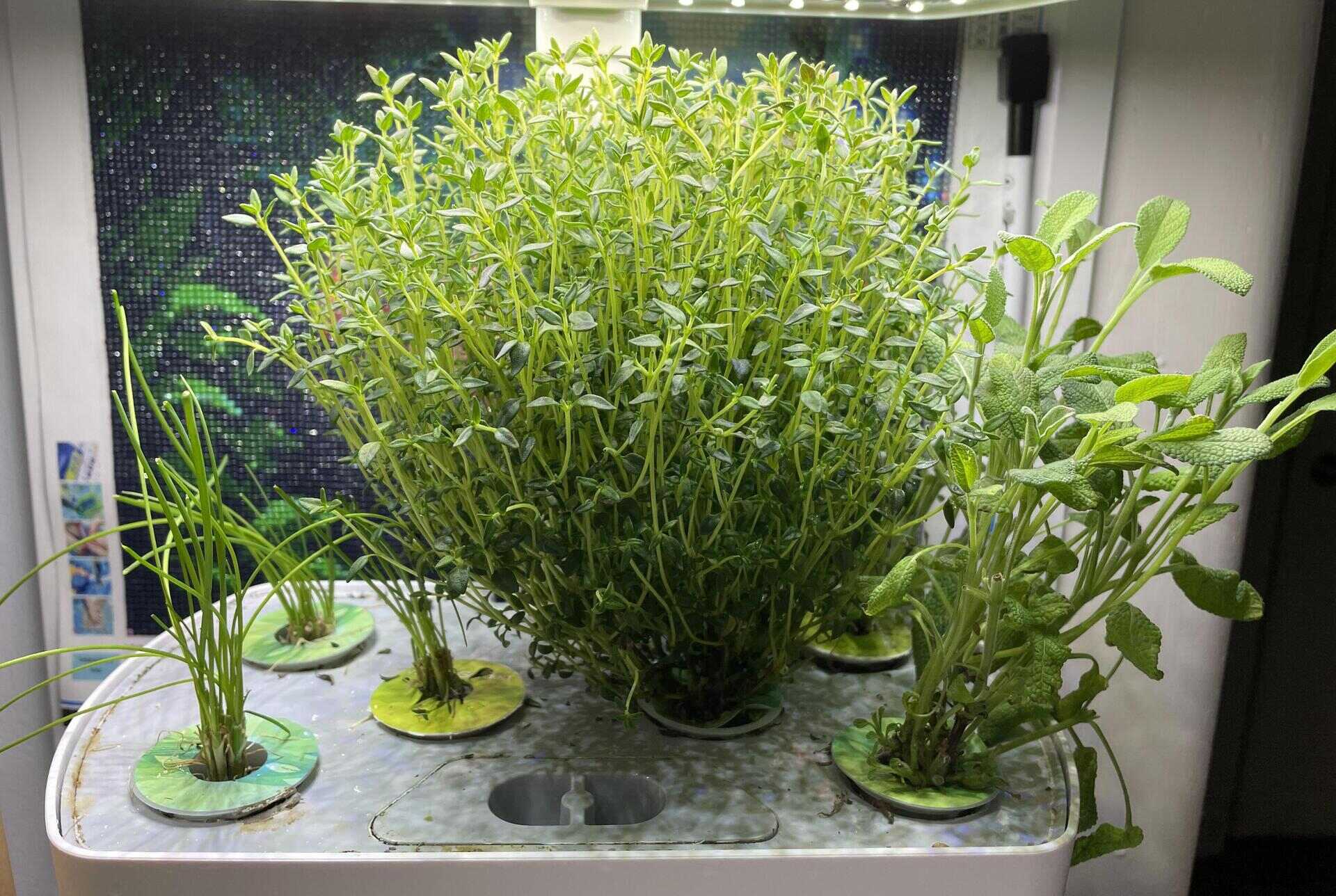
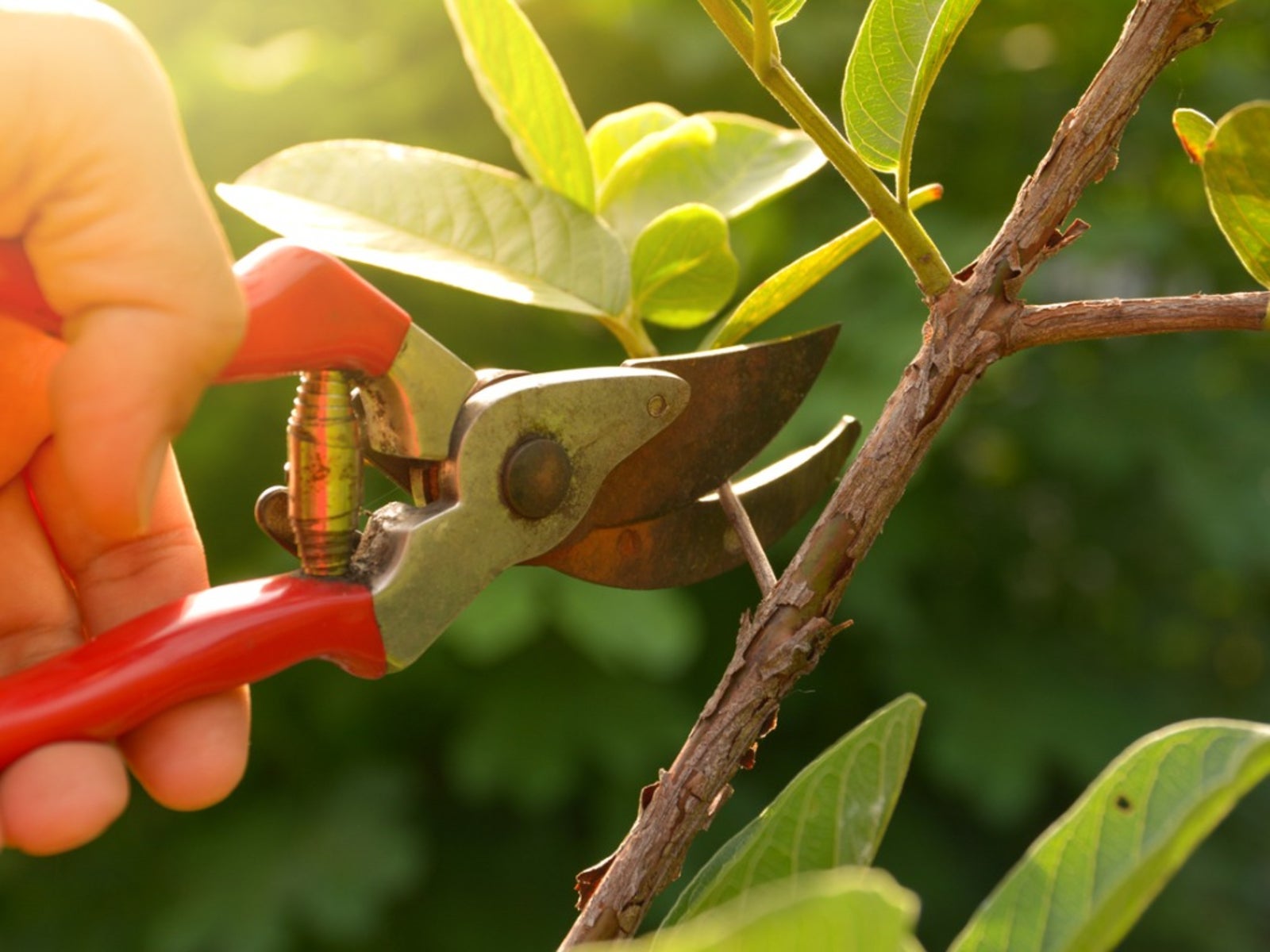
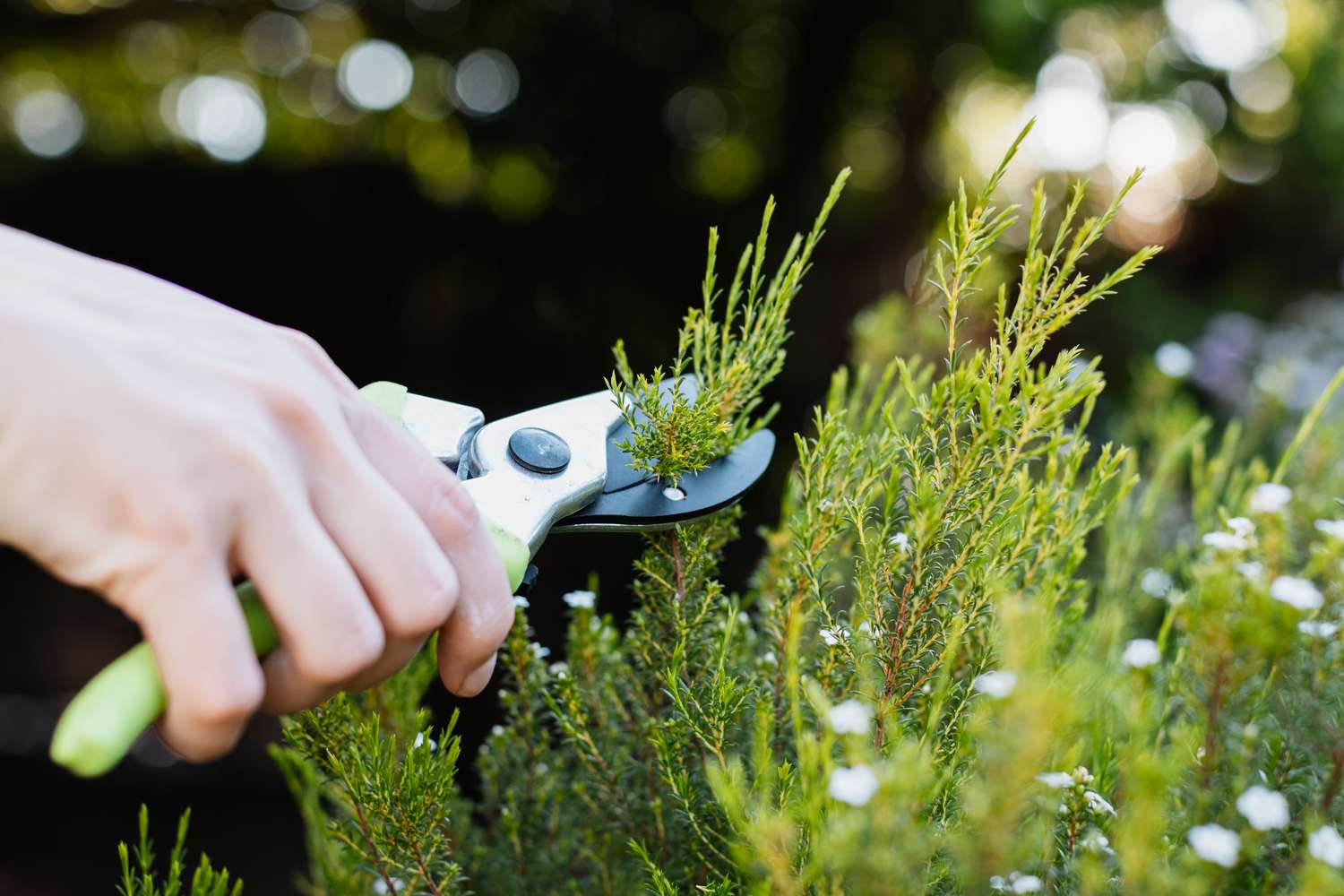
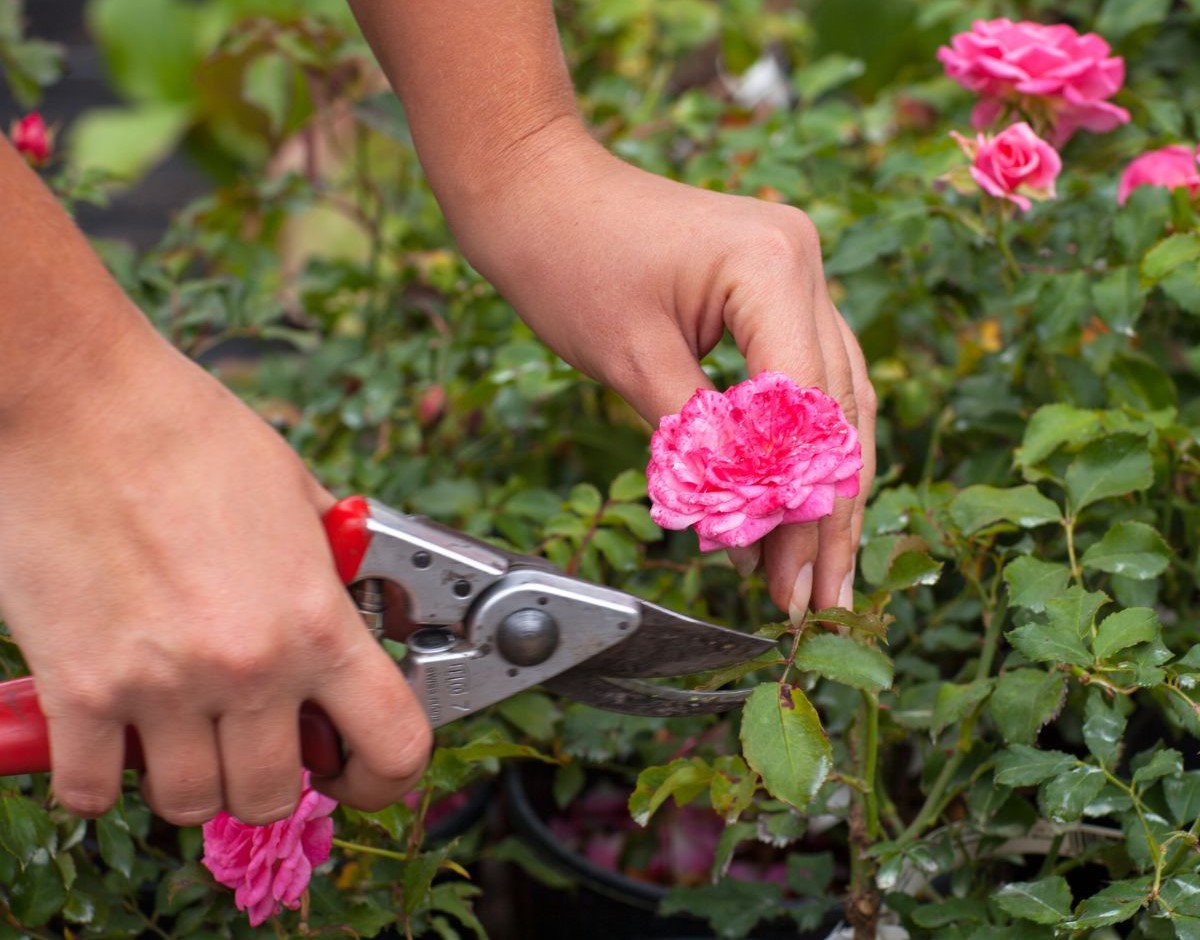







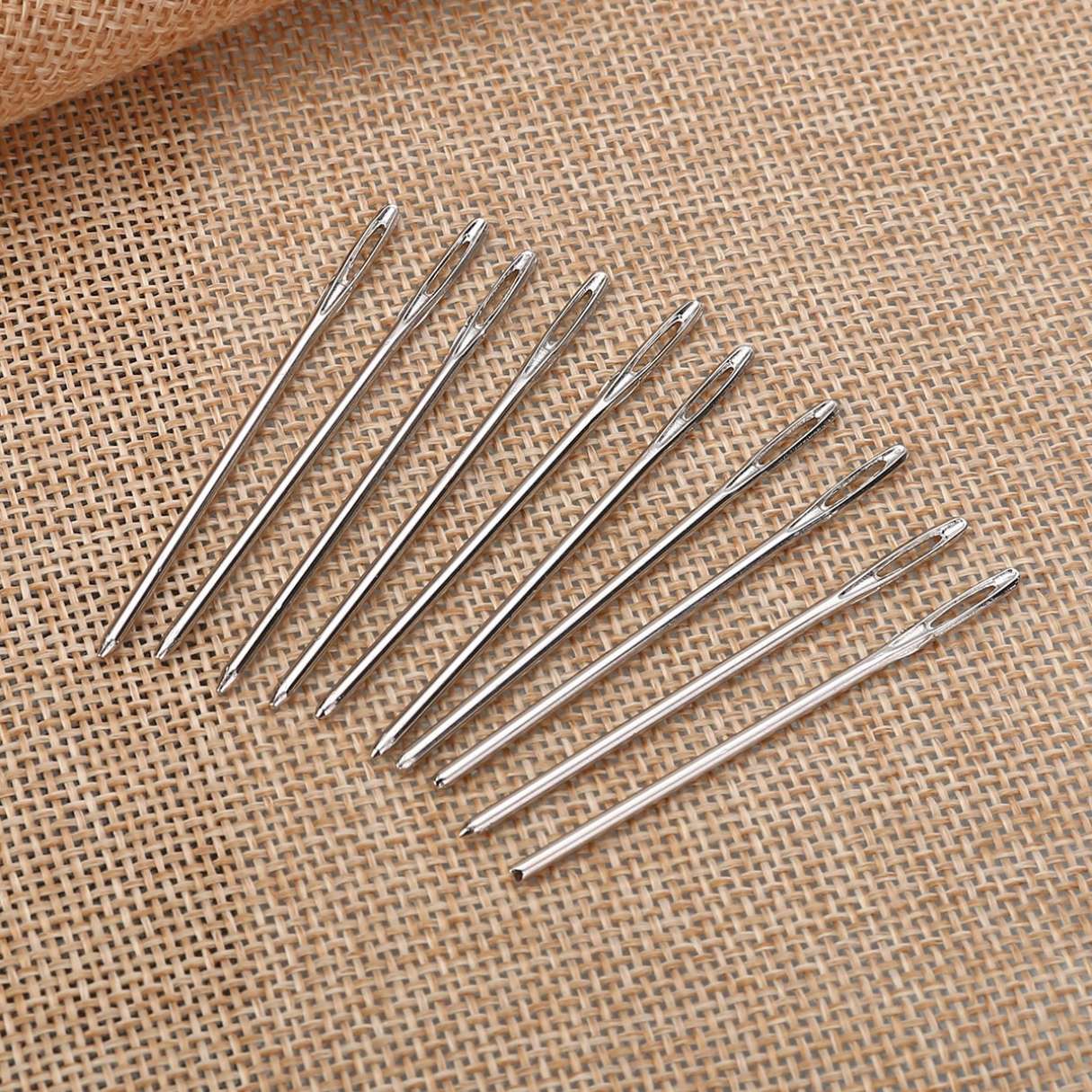

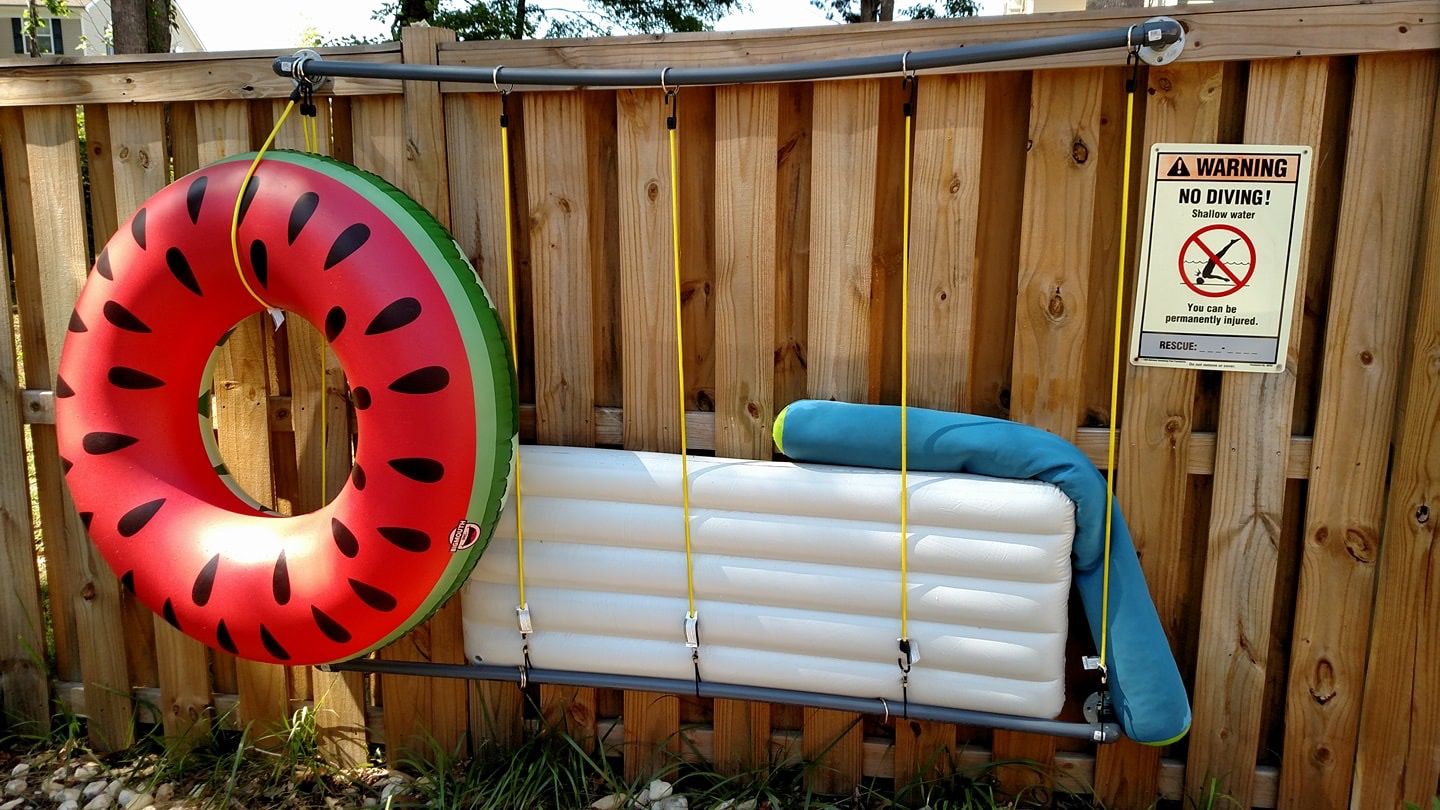

0 thoughts on “How To Store Prunes”